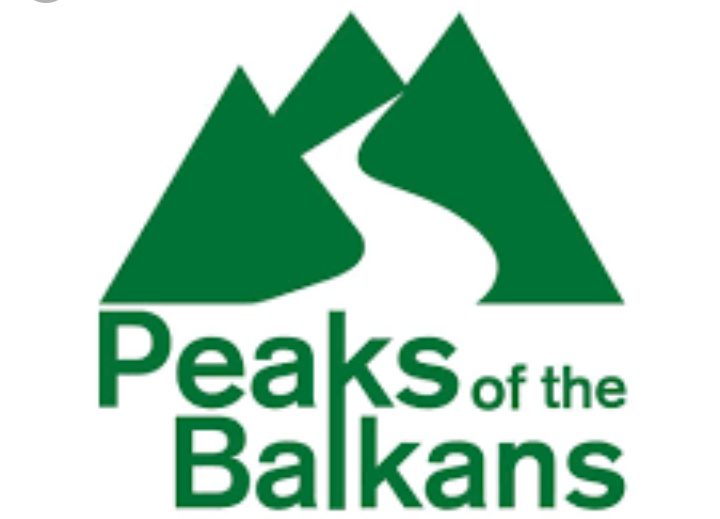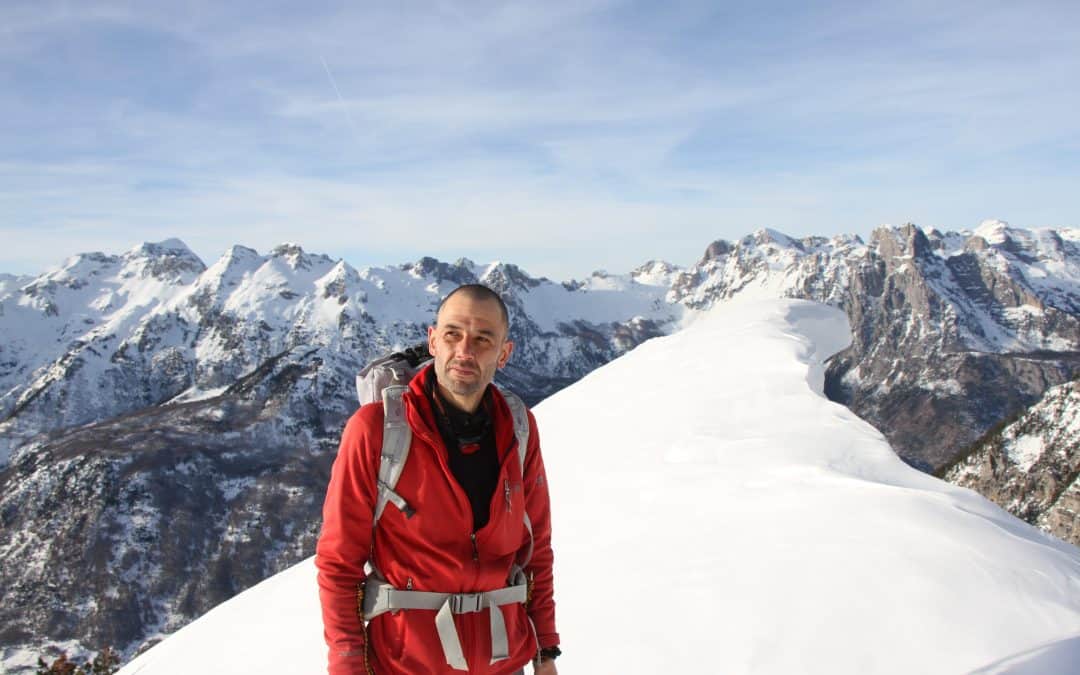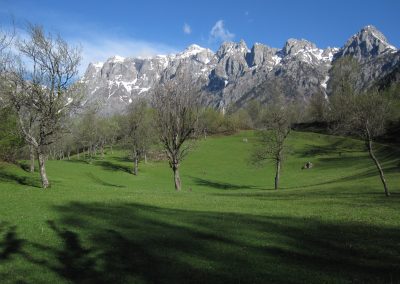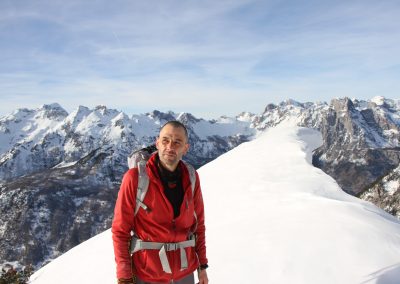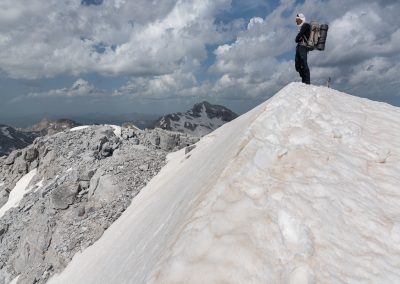Question: Ivan you are a mountaineer from Bulgaria. Can you tell us what mountains have you visited during your trips?
Ivan: Years ago during 5 consecutive summer seasons I went to the Alps and I climbed 18 summits there including Montblanc, Dufourspitze, Bernina, Grossglockner, Finsteraarhorn, Dom du Mischabel, etc. I have also been to Pico del Teide on the Canary Islands. But for the last 12 years, I have been exploring all the Balkan mountains and the whole Balkan peninsula not only in terms of mountains but as a cultural, human, historical, religious, and ethnographical phenomenon.
Question: How do the Accursed Mountains, the “Prokletia” compare to the other mountains that you visited?
Ivan: The answer is simple – out of comparison.
Question: What is so special about these mountains?
Ivan: I really don’t know, but I think it was love at first sight. Even before I saw them, I had seen only the name on the map and I said to myself “that’s it”. And I wasn’t wrong.
Virtyt: So who gave the name?
Ivan: I think the name was given by the local population. During Turkish times there were not only Albanians living in present-day Albania, Kosovo, and Montenegro but also Slavic speaking population whomever one may name them today – Serbs, Montenegrins, or Bosniaks. Gusinje for example as stated by Ami Boue, the first foreign scientist who crossed Prokletia, was one of the most dangerous towns in the Ottoman empire and it was inhabited by a lot of refugees and criminals who escaped blood feuds or criminal persecution of the official authorities. So this town which was the gate of the main old caravan route in Prokletia was inhabited by Boshnjaks (Bosnians), Serbs, and Albanians both Muslims and Catholics. So to me, it is a name given collectively but each ethnic group used its own language. That’s why it is Bjeshket e Nemuna in Albanian, Prokletije in Serbian, and even Prokletia in Bulgarian.
Virtyt: So do you think the name comes from Gusinje which was a dangerous place and because of this gave the name for whole mountains?
Ivan: No, to me the name and the origin of the name is first in terms of physical geography: difficult terrain, lack of water, and frightening sights. If you walk from Gusinje to Theth which is the above-mentioned old caravan route from Peja to Shkodra you can see all the way vertical rugged limestone summits. But in the terms of social anthropology definitely, the name comes from the harsh social rules of the local population, mainly Albanians. I mean Kanun of Lekë Dukagjin as their pure example with its permanent “gjakmarrja” (blood feud) and all these harsh rules which had come to life because of the harsh and poor conditions of living.
Virtyt: A lot of people who walk in these mountains point to diversity as one of the key wealth of these mountains because they are not as big Himalayans and then in a short distance they offer different terrain and different views. What is your opinion on this?
Ivan: As a mountaineer, I have been climbing mostly the highest part of the mountain, but the conclusion of those people is absolutely correct because you have naturally everything in this mountain. You have inaccessible summits, you have wonderful green valleys, you have everything. But to me, the most important thing is the people, not only the mountains. So I can say with the hand on my heart that I have never had any problem with the local population, mostly with Albanians, neither in Kosovo, nor in Albania, nor in Montenegro. Never and nowhere.
Virtyt: Just to wrap it up. Do you think the mountains are in danger from over-tourism?
Ivan: Unfortunately, I must say yes. 2 years ago I was interviewed in a documentary about Valbona hydropower station and my opinion has not changed since then. Yes, this mountain has to be protected – in reality, but not virtually as it has been since 1966 in Albania for example. It has to be protected in terms of sustainable tourism because it is very fragile. Just look at the water resources – they are scarce. Just look at the vegetation – it is very fragile. And the last thing, “Bjeshkët e Nemuna” is the only mountain in Europe beside the Alps which has glaciers, so this has to be protected.
